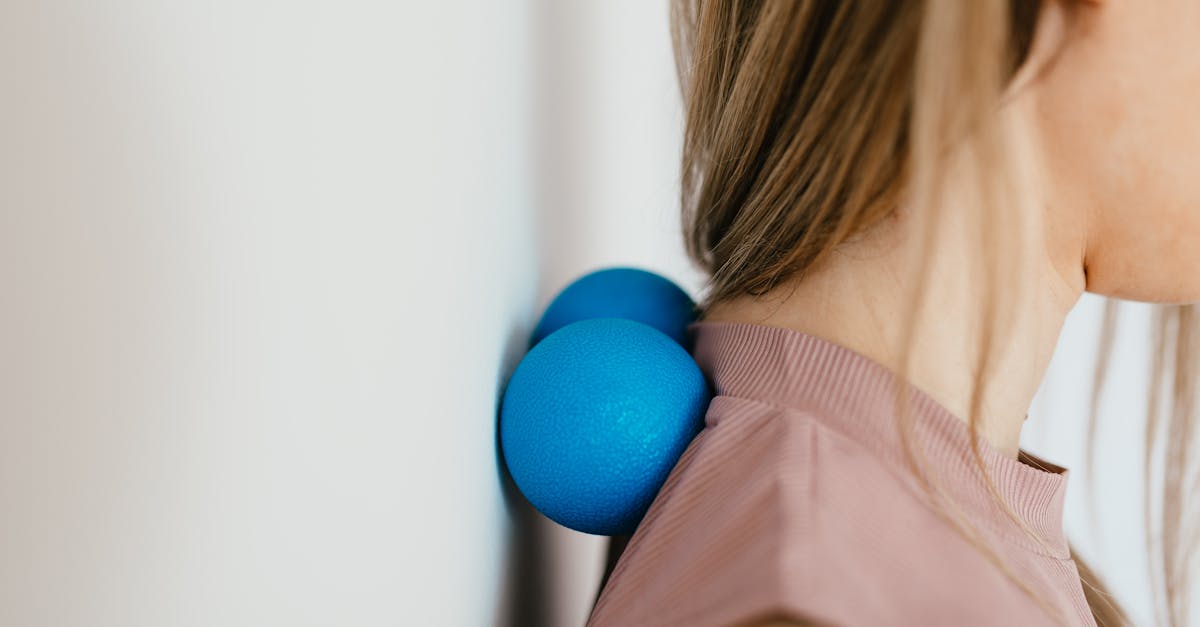Stomach and back pain is a common complaint among women, often dismissed as routine discomfort. However, when these two symptoms occur simultaneously, it can signal an underlying issue that warrants closer attention.
Lower back pain symptoms are reported by approximately 33% of adult women, while a comparable 25% of the adult male population also experience such symptoms, which depicts that women are more frequently affected by back pain as compared to men.
In this comprehensive guide, we will delve into the intricacies of simultaneous stomach and back pain in women, exploring potential causes and shedding light on a holistic approach to addressing these symptoms.
Understanding the Connection of Stomach and Back Pain
Before we delve into the specifics, it’s crucial to understand the complex relationship between stomach and back pain. The human body is an interconnected system, where discomfort in one area can often be linked to issues in another. Stomach and back pain may share common triggers or indicate an underlying condition affecting multiple organs or systems.
Common Causes of Simultaneous Stomach and Back Pain
Musculoskeletal Issues
Musculoskeletal problems are a leading cause of simultaneous stomach and back pain. Poor posture, muscle strain, or misalignment of the spine can contribute to discomfort in both regions. It is essential to address these issues to relieve pain and prevent further complications.
Digestive Disorders
Gastrointestinal problems can manifest as stomach and back pain. Conditions such as irritable bowel syndrome (IBS), gastritis, or gallbladder issues may lead to discomfort in both areas. Identifying and managing these digestive disorders is crucial for holistic well-being.
Menstrual Factors
Women may experience stomach and back pain concurrently during menstruation. Menstrual cramps and lower back pain are common symptoms, often attributed to hormonal changes. Exploring strategies to manage menstrual discomfort is essential for overall comfort.
Reproductive Health Issues
Issues related to the reproductive organs, such as ovarian cysts or endometriosis, can contribute to simultaneous stomach and back pain. Seeking medical attention for a proper diagnosis is crucial for appropriate treatment.
Addressing the Root Causes
When it comes to managing stomach and back pain, the Pulse Align approach stands out by focusing on addressing root causes rather than merely alleviating symptoms. Pulse Align recognizes the interconnectedness of the body’s systems and emphasizes a holistic approach to well-being.
The Holistic Approach of Pulse Align in Stomach and Back Pain
Balancing the Body’s Energy Flow
Pulse Align aims to restore balance to the body’s energy flow, recognizing that disruptions can lead to various symptoms, including stomach and back pain. By promoting harmony within the body, Pulse Align encourages a natural return to normal function.
Mind-Body Connection
Pulse Align acknowledges the profound impact of the mind-body connection on overall health. Stress, anxiety, and emotional factors can contribute to physical discomfort. Pulse Align incorporates strategies to address these factors, promoting mental and emotional well-being.
Nutritional Guidance
The Pulse Align care system includes nutritional guidance, recognizing the role of diet in overall health. Proper nutrition can support digestive health, reduce inflammation, and contribute to a healthy balance within the body.
Benefits of Pulse Align
Research and studies have indicated potential benefits associated with the Pulse Align approach. While it’s essential to note that complete healing cannot be guaranteed, individuals may experience improvements in symptoms through a natural return to well-being.
A Study on Mind-Body Interventions
A study published in the Journal of Psychosomatic Research explored the impact of mind-body interventions on pain perception. The findings suggested that holistic approaches, such as those incorporated in Pulse Align, could contribute to a reduction in pain symptoms.
Nutritional Interventions for Digestive Health
Research in the American Journal of Gastroenterology highlighted the role of nutritional interventions in managing digestive disorders. Pulse Align’s emphasis on nutritional guidance aligns with this research, offering a comprehensive approach to addressing stomach and back pain.
Explore Pulse Align for Enhanced Well-Being
If you’re experiencing simultaneous stomach and back pain or seeking a holistic approach to your health, consider exploring the potential benefits of Pulse Align. While it’s crucial to consult with healthcare professionals for a comprehensive evaluation, Pulse Align may provide valuable insights into addressing the root causes of your symptoms.
Conclusion Inviting Lifestyle Changes for Improved Well-Being
In conclusion, understanding simultaneous stomach and back pain in women requires a holistic perspective. The Pulse Align approach, with its focus on addressing root causes and promoting overall well-being, offers a promising avenue for those seeking relief from these symptoms.
As we navigate the complexities of our bodies, it’s essential to consider lifestyle changes that support holistic health. Whether through improved posture, stress management techniques, or dietary adjustments, small changes can contribute to a natural return to normal function.
Reference
- Taylor, G. B., Vasquez, T. S., Kastrinos, A., Fisher, C. L., Puig, A., & Bylund, C. L. (2022). The adverse effects of meditation-interventions and mind–body practices: A systematic review. Mindfulness, 13(8), 1839-1856.https://link.springer.com/article/10.1007/s12671-022-01915-6
- Schneider, Sven, Dorothee Randoll, and Matthias Buchner. “Why do women have back pain more than men?: a representative prevalence study in the Federal Republic of Germany.” The Clinical journal of pain 22.8 (2006):738-747
- .https://journals.lww.com/clinicalpain/Fulltext/2006/10000/Chronic_Pain_Among_Children_and_Adolescents_.11.aspx?casa_token=zZisGj_pP1kAAAAA:ml0Q_qI5S1ggdytNc6Ce1-A1oTt5IqoDtNdLfnYPh6m82cqlgfslQKe4bOGQWkipJea-pr2H1tOXeBQ4joTr9d8IAG8
As the visionary CEO of Pulse Align, François is dedicated to transforming the landscape of pain management and posture health. With a deep-rooted passion for innovation and a commitment to excellence, François leads the team in developing cutting-edge solutions that empower individuals to live healthier, pain-free lives. Under his leadership, Pulse Align has become a beacon of hope and support for those navigating postural-related issues and chronic pain. François brings a wealth of experience in neuromodulation and patient management technologies, combining strategic insight with a compassionate approach to address the unique challenges faced by each individual.




